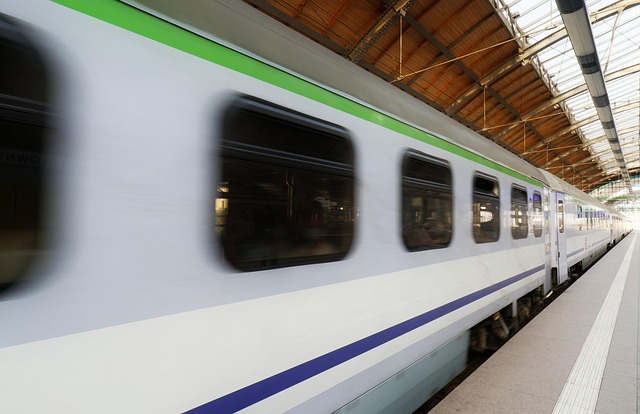Driving Towards a Greener Future: Integrated Transport Strategies for Sustainable Rural Development
As the world shifts its focus towards sustainability, rural areas find themselves at a unique crossroads. While urban centers have long been the spotlight for innovative transport solutions, rural communities must also embrace change to ensure a greener and more connected future. This is where integrated transport strategies become essential—offering a comprehensive approach that harmonizes various modes of transport to support sustainable rural development.
Transport Sustainability in Rural Settings
Transport sustainability is more than just reducing emissions; it’s about creating systems that respect the environment, foster economic growth, and enhance the quality of life for all residents. In rural areas, where distances between destinations tend to be longer and public transport options limited, sustainability can be challenging. However, by weaving together multiple transport modes such as buses, cycling paths, car-sharing, and even community ride services, rural communities can reduce dependency on private vehicles and lower their carbon footprint.
For example, investing in electric bus fleets or developing efficient scheduling systems that connect remote villages to regional hubs can significantly reduce greenhouse gas emissions. Moreover, supporting active transportation like walking and cycling not only promotes health but also reduces traffic congestion and pollution. Such integrated measures make rural transport more accessible, affordable, and environmentally friendly—proving that sustainability can thrive even beyond city limits.
Enabling Sustainable Rural Development
Integrated transport strategies do more than enhance mobility; they serve as pillars of rural development by unlocking new opportunities. Reliable and environmentally conscious transportation options attract businesses, support tourism, and improve access to education and healthcare services. This connectivity helps bridge the rural-urban divide, preventing isolation and promoting social inclusion.
By focusing on tailored mobility solutions that respond to the specific needs of rural populations, communities can stimulate economic growth while safeguarding their natural landscapes. Encouraging collaboration between local government, transport providers, and residents ensures that solutions are not only sustainable but also equitable and practical.
Ultimately, integrating transport means envisioning a future where rural life is vibrant, connected, and sustainable—a future where residents can thrive without sacrificing their environment.




